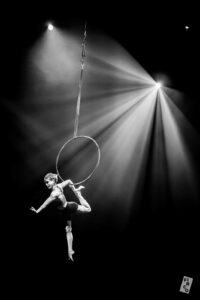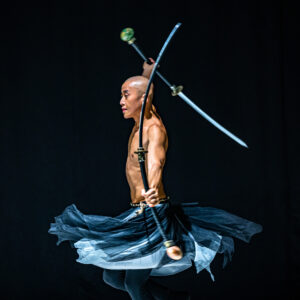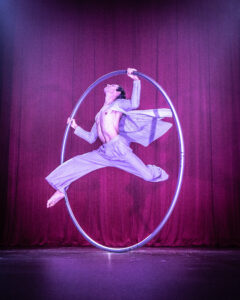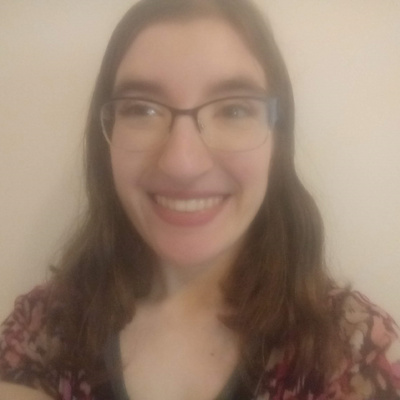The Salieri Festival: Where Circus and Music Intersect
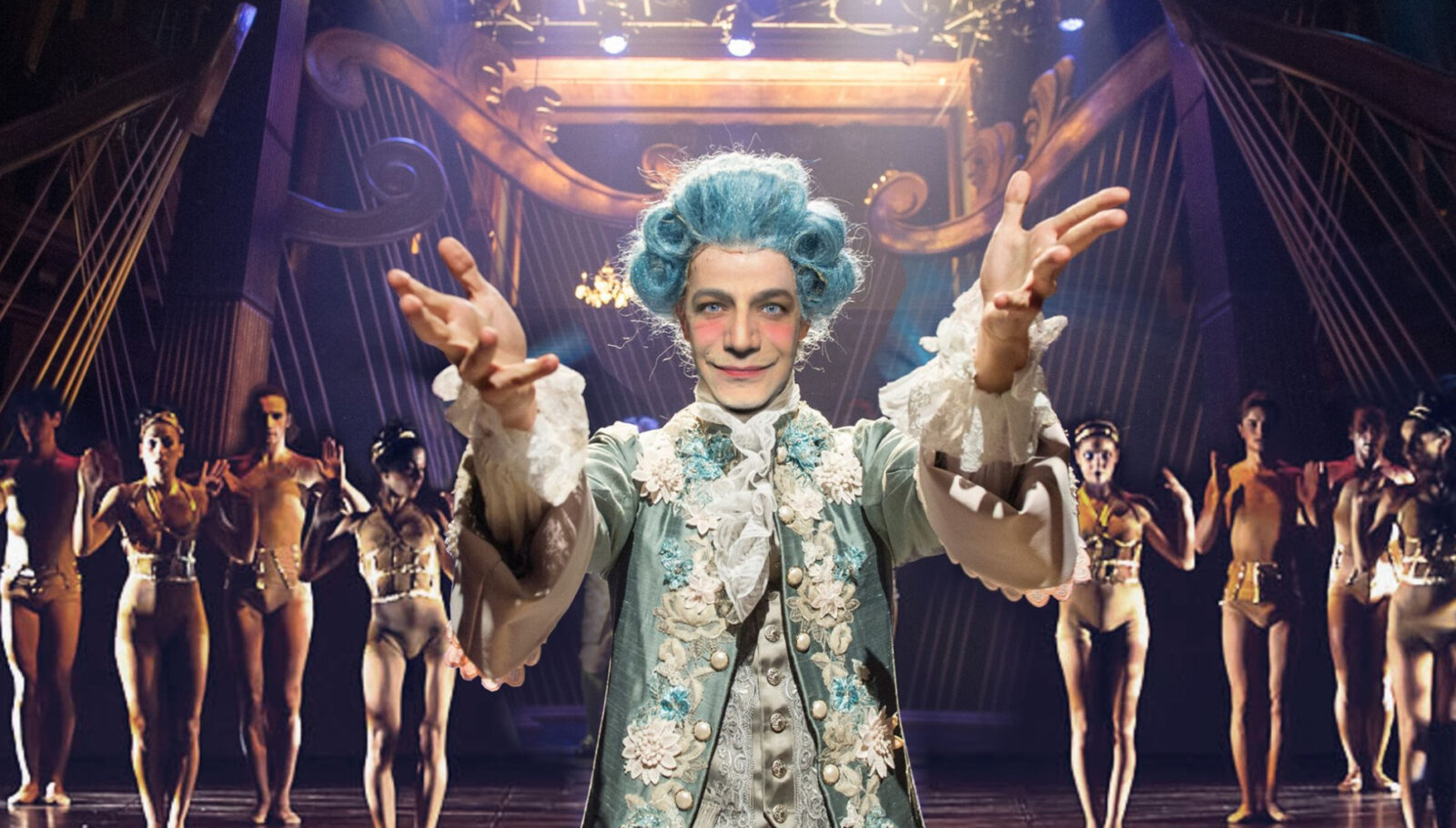
From September 21 to 25, 2023, the Salieri Festival will mount its third edition and rock the town of Legnago, Italy, with a unique blend of circus acts choreographed to classical tunes. Festival founder Antonio Giarola reveals the inspiration behind the event as well as the itinerary of this year’s edition.
In fair Legnago, Verona, where we lay our scene, the Salieri Festival marches proudly into its third edition. A celebration of both the circus arts and one of Legnago’s most storied residents, renowned composer Antonio Salieri, the Salieri Festival sits at the creative crossroads between circus and music, combining them to great effect. From September 21 to 25, audiences at the Teatro Salieri will get to watch 20 diverse artists from as far afield as Malaysia, Ethiopia, and the US take the stage to compete for top honors in front of an acclaimed international jury. Each act promises something different, designed around and accompanied by live music from the Grande Orchestra, led by conductor Diego Basso. Between these shows, festivalgoers can also move throughout Legnago and attend a sculpture parade, art galleries, and more! But this is just the beginning of what Salieri has to offer.
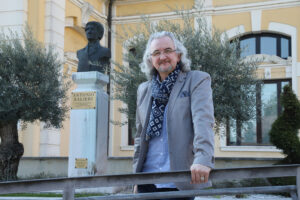
To learn more about what to expect from this year’s event, we caught up with Antonio Giarola, founder and artistic director of the Salieri Festival. A poet, director, and circus historian, Antonio has helmed productions all across the Eurasian continent, from theatre shows and short films to equestrian acts, festivals, and elaborate circus creations.
CircusTalk (CT): Despite being in its infancy, the Salieri Festival is already gaining name and traction in the circus world; for instance, you have won the Art Bonus competition organized by the Italian Ministry of Culture. What does it mean to you to receive this award as such a new festival?
Antonio Giarola (AG): Receiving this recognition was a source of pride for us, because it demonstrates the value of our festival, not only in words, but in deeds. Since the first edition, we have tried to create a festival that was of the highest level, and we think we have succeeded, and we have also had confirmation of this thanks to this victory.
CT: The festival was born in and around the pandemic. Did you have this idea before the pandemic, or was it something that the shutdown inspired?
AG: The idea was already in my mind in an embryonic form. Then during the pandemic, the Mayor of Legnago, Graziano Lorenzetti, asked us to think of a way to re-evaluate the territory and the figure of Antonio Salieri in an innovative way. Here we have hypothesized to combine the circus arts with classical music, and thus the Salieri Circus Award was born.
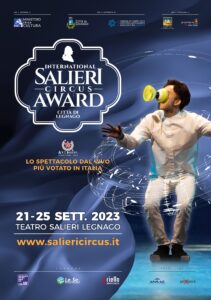
CT: Creating a circus festival is not new to you: you also produced and directed the City of Verona International Circus Festival between 1992-1994. Is the Salieri Festival in some sense a continuation of that seed? What was your main inspiration to create Salieri, and how do you think it differs from and adds new color to the already rich tapestry of circus festivals in Italy and across Europe?
AG: It’s true, the world of festivals is not a new world for me; in fact, 30 years after the Verona Festival, the Salieri Circus Award intends to perpetuate those instances of renewal of the circus panorama, which had also been the basis of the previous festival. Certainly, a lot of time has passed since that first experiment, and the world of festivals has also been enriched enormously, also with very high-level proposals. But I believe that our festival still has something more to add to this palette of colors, thanks to its close link with classical music and the very place where it was born, Legnago, the birthplace of the famous composer Antonio Salieri, to whom the festival is dedicated.
CT: What is the role that classical music plays in defining the Salieri Festival and its program?
AG: Classical music, or art music as I like to call it, plays a central role in the festival. Our vision, in fact, is to encourage the fundamental role of music in accompanying circus performances, since we believe that these two art forms complement each other, benefiting from each other thanks to the power of the visual plastic element of the artists and the poetry of classical sounds, which create a unique experience for the spectator. Since last year, we can also count on the presence of the live symphony orchestra directed by maestro Diego Basso, who has contributed to establishing the close connection with music that our festival promotes.
CT: Who comprises your creative team and producing partners?
AG: First of all, I compare myself with my brother Luciano Giarola, general director of the festival, and my sister Letizia Giarola, who both have expertise in the artistic field. Instead, operationally, I am supported by the choreographer Elena Grossule and by the stage managers Paride Orfei and Marco Togni. I can also count on the help of an artistic consultant, Massimo Malagoli.
The festival is a project of ANSAC, the National Association for the Development of Circus Arts, which makes use of Proeventi as a producer partner of the festival.
CT: Tell us a bit about your artist selection process.
AG: The selection of artists occurs essentially in two ways: on the one hand, there are the applications that the artist sends independently; on the other, there are the invitations that I personally make to those artists seen in other festivals or shows that have struck me and which I find perfect for the Salieri Circus Award.
CT: Do you organize professional discussions and events alongside the shows? If so, please tell us about them.
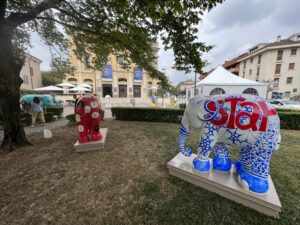
AG: The Salieri Circus Award is a festival dedicated to art in all its forms, and for this reason, the calendar of collateral events that revolve around the event is rich and full of appointments. Every year, at the Fioroni Museum, with the support of the Educational Documentation Center for the Circus Arts (CEDAC), we set up an exhibition dedicated to the history of circus, in which we display posters, playbills, costumes, and much more. Then there is the Terrazza Salieri, a talk show in which the artists are interviewed and talk about the festival and the circus world in general. New last year was the Ezio Torchiani Circus Market, an exhibition of exchange of memorabilia, circus models, and original collectibles which are exhibited by collectors from all over Italy and abroad. This year we have the pleasure of hosting the Salieri Circus Parade, part of the Elephant Parade project, which combines art and social commitment, thanks to the exhibition of 20 elephant statues painted by artists and celebrities. This is a project aimed at safeguarding these animals in their natural habitat. The exhibition Circostanze Verticali will be set up at the Archaeological Center of Legnago, an art exhibition that brings together painting, sculpture, and architecture, created in collaboration with the Cignaroli Academy and the Brenzoni School of Fine Arts.
CT: Last year you chose to select an all-female jury. What was the inspiration behind this choice? As well, please reveal to our readers more about the 2023 jury.
AG: Lately, much literature has been dedicated to the theme of the role of women in the circus, to underline how the importance that female figures have held within the circus world has often been underestimated, especially in past centuries. For my part, I realised after years of invitations as a juror to various international festivals how men were often in a clear majority compared to women, despite there being many female personalities of the highest level and professionalism. For this reason I made the choice to select an all-female jury, to reiterate this concept. This year the jury returns to “normal” (50% male and 50% female) and will be chaired by my colleague and friend Alain Frère, a historian and circus expert, one of the most important collectors and co-founder of the Monte Carlo International Circus Festival.
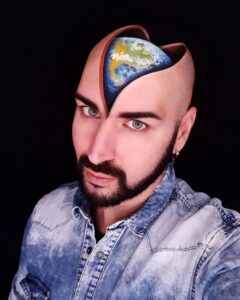
CT: You wear so many hats within the circus world. We’d also like to take this opportunity to ask about another of your exciting projects, the CEDAC–Centro Educativo di Documentazione delle Arti Circensi (Educational Documentation Center for the Circus Arts). When did this project start? How big is the collection? Is this an international or mostly Italian archive, and what are your future plans for the project?
AG: CEDAC was founded in 2003 by ANSAC (the National Association for the Development of Circus Arts) with the aim to fill in a gap in the study of itinerant shows and guarantee the preservation and development of documentation about Circus Arts. As any other documentation center, CEDAC intends to be a point of reference for whoever wants to approach the study of the circus tradition, from any point of view. By cataloguing, collecting, and digitalizing documents of any kind, we try to fight against the loss of a heritage that is usually highly exposed to the risk of being destroyed or damaged. Our efforts have led to the establishment of a unique archive, that features 30 collections from circus families, collectors, and circus historians, both Italian and foreign. The absolute peculiarity and uniqueness of the center has been acknowledged by the Ministry of Cultural Assets and Activities, who supported its opening, and also by the Territorial Administration of Veneto, with the recognition of the title of Local Interest. Our goal is to continue our activities to safeguard circus heritage, expanding collaborations with other foreign centers.
To learn more about the Salieri Festival, visit their CircusTalk events page or browse their website for a full listing of artists and events. Tickets to the nightly shows and final Awards Gala on the 25th can be purchased directly through their online ticket portal here.
All images from Salieri Festival's official press kit.
Editor's Note: At StageLync, an international platform for the performing arts, we celebrate the diversity of our writers' backgrounds. We recognize and support their choice to use either American or British English in their articles, respecting their individual preferences and origins. This policy allows us to embrace a wide range of linguistic expressions, enriching our content and reflecting the global nature of our community.
🎧 Join us on the StageLync Podcast for inspiring stories from the world of performing arts! Tune in to hear from the creative minds who bring magic to life, both onstage and behind the scenes. 🎙️ 👉 Listen now!
